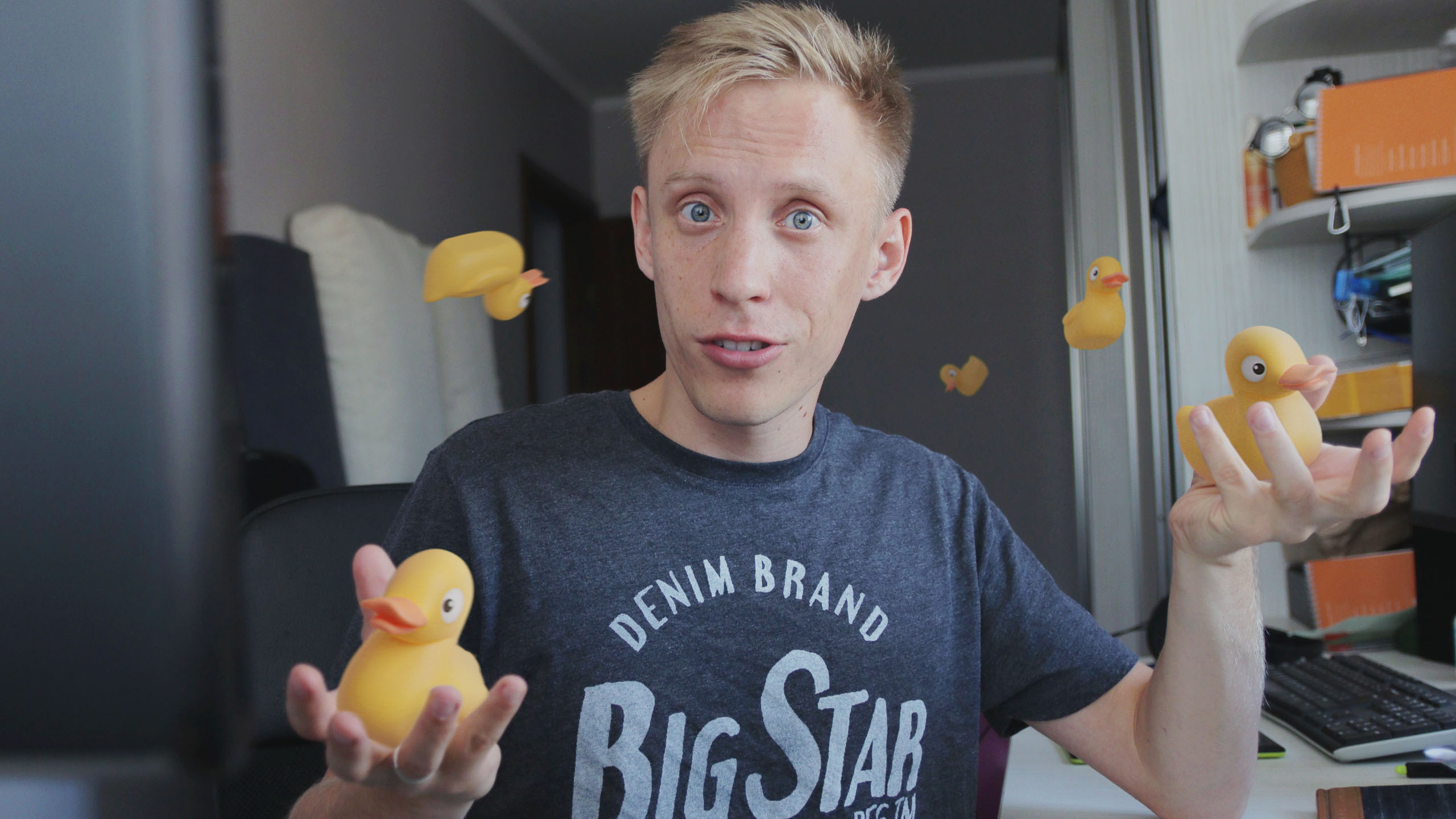Gleb Alexandrov is a 3D artist, tutorial maker of Creative Shrimp and a coffee maniac.
BD: In Space VFX Elements you had to cheat nebulae by using planes and billboards. Then you decided „this has to change“ and turned towards the community to find the best solutions for and improve how nebulae can be created in Blender. That started sort of an avalanche...
GA: We’ve been wanting to play with the same toys as other 3d folks who use 3ds Max with Krakatoa render engine, or Houdini and so on, creating jaw-dropping animations. Volumetric nebulae by Teun Van der Zalm for example, you know, it was painful to stick to 2d planes after you’ve seen something like that. Real deal.
So it was a no-brainer to explore this direction, real volumetric stuff, massive particle simulations. That being said, nothing like that has been made in Blender, if you browse through the Youtube ‘3d nebulae’ videos, Artstation posts, you won’t find anything like that (with some rare exceptions like the art of Stefan Payne-Wardenaar on #b3d Twitter. That’s pretty close to a high-budget look we were aiming for https://twitter.com/StefanPWinc).
So yeah, we started to talk to people who may have had some insights into volume rendering in Cycles, particle systems, point density shader and other things that we thought could be used to recreate the Krakatoa nebulae look. It was such an interesting ping-pong, we learned a lot over a short time frame. In parallel, we were testing our own stuff - and also trying to reverse engineer the techniques of Teun Van der Zalm (hit a brick wall).
Bit by bit, with the help of the Blender community, we were making progress. When we were in the middle of preparing the talk for Blender Conference 2019, it became clear that we were able to render something that is miles ahead of our previous year attempts. By the way the title of the talk was 3D Nebulae and the Power of the Blender Community, it’s like self-fulfilling prophecy, you know.
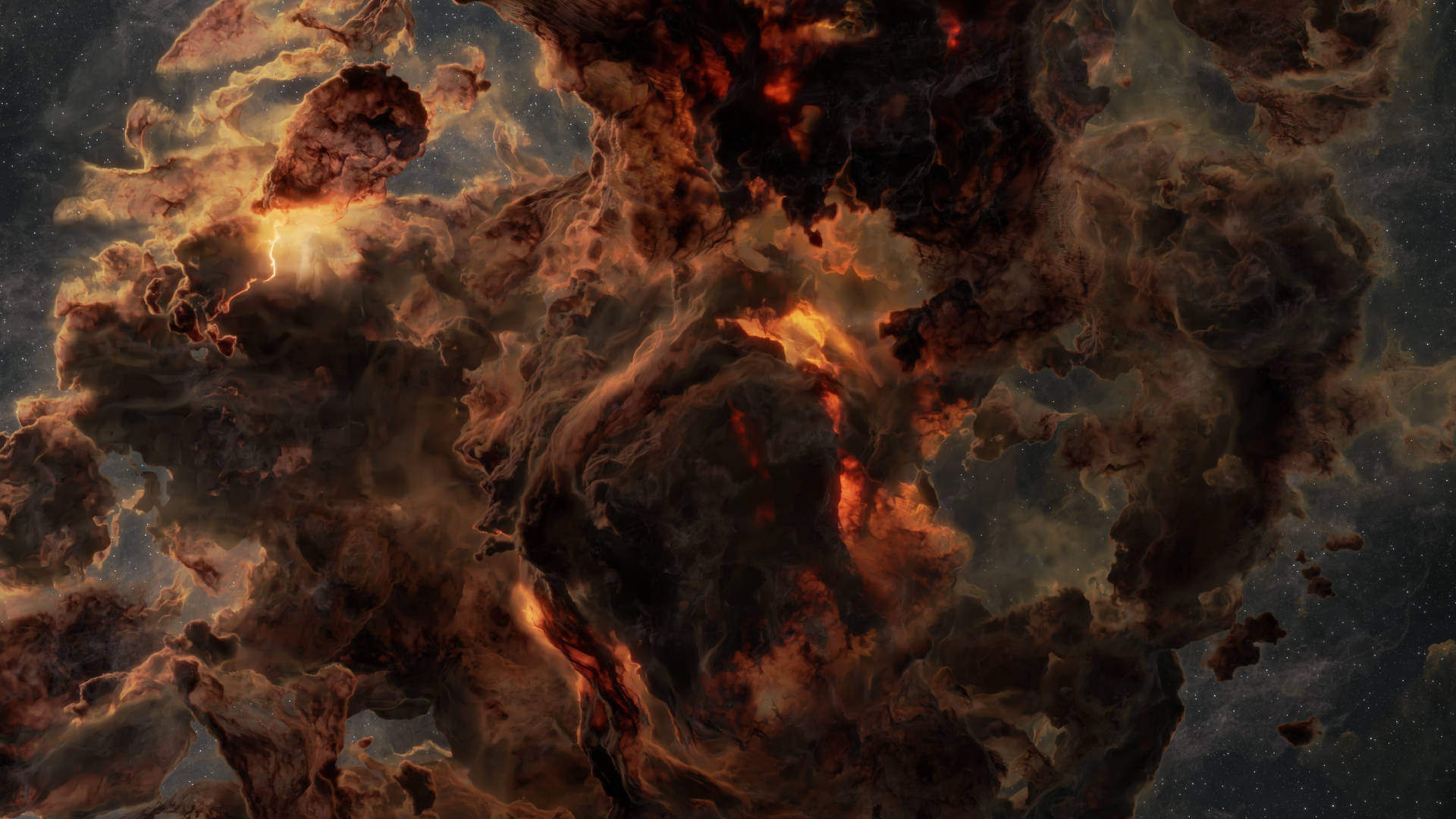
BD: Did you expect that amount of help and feedback from the community?
GA: No way we could expect such feedback and contribution from the community. It seemed almost like the universe is aligning itself towards our vision. Or maybe we just picked the right wave at the right moment. Because many things have happened since we released the original Space VFX course (with 2d planes for nebulae).
Not only the code advancements, although it’s obviously important, but also procedural techniques shared on Twitter by various #b3d members, some interesting developments like rendering the Mandelbulb fractal in Eevee or experimenting with distorting UV coordinates of the 3d noise textures.
It’s incredible how even a small slice of the communication happening withing the CGI community, based around open-source software in this case, reveals that so much is going on. So many people working on the similar things at the same time, without even knowing each other. And once you start connecting the dots, it’s just incredible how much we can achieve in this smart-crowd manner. The open-source way of research & development, so to speak.
Well, connecting the dots is not always easy, you have to know what you’re searching for, with whom to talk and so on, and you should be willing to share your files, ideas, work-in-progress images and more. The name of the game is transparency here. We were perfectly comfortable to share our nebulae .blends (and get even better .blends in return!).
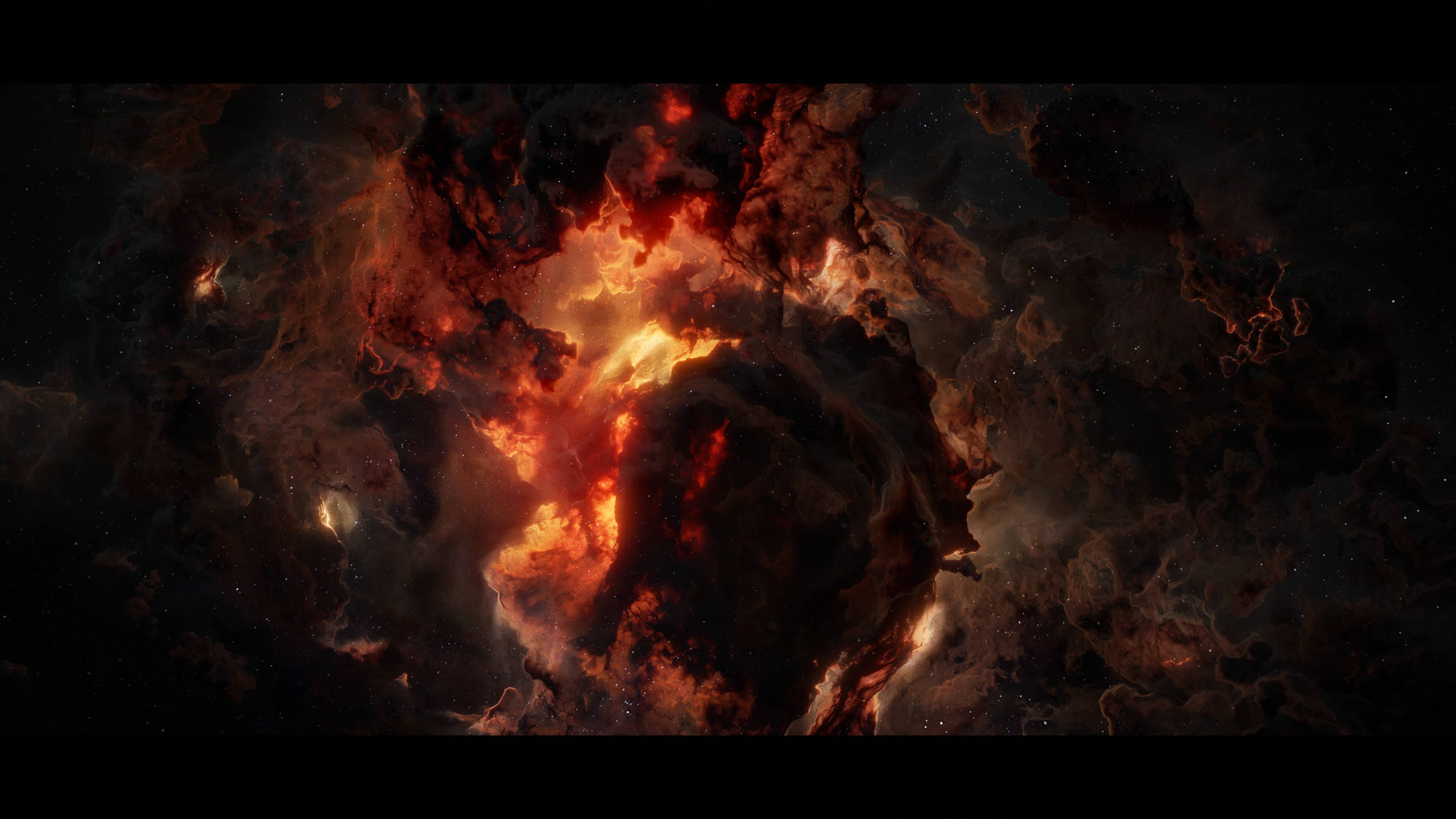
BD: Your engangement helped Blender become better at volume rendering and is an example that non-coders can also make an impact in the development of Blender. How did that come about?
GA: I think that most of innovation happens precisely in non-coder slice of the community. What people do with software, and what they want from software, these are two main things which drive the development of open-source software. Even if it’s an implicit demand which manifest itself in form of videos, tweets, posts and so on.
I bet that if you post the Star Trek Into the Darkness end credits-style nebula animation, you’ll see ripples all across the community, inspiring new cosmic endeavors and also, in turn, shifting priorities in Blender development. Someone will write a patch to speed up particles, or add 5d noise or whatever, or simply take your .blend and take in to the next level.
Even our not-so-great w.i.p. animations sparked a lot of interest and lead to some innovation. All thanks to people who are willing to collaborate and participate. Donate a bit of their computers processing power on SheepIt to help render, or give access to the university computers for a few hours, or share a custom solution for rendering fractals - or writing a script for freezing time ;).
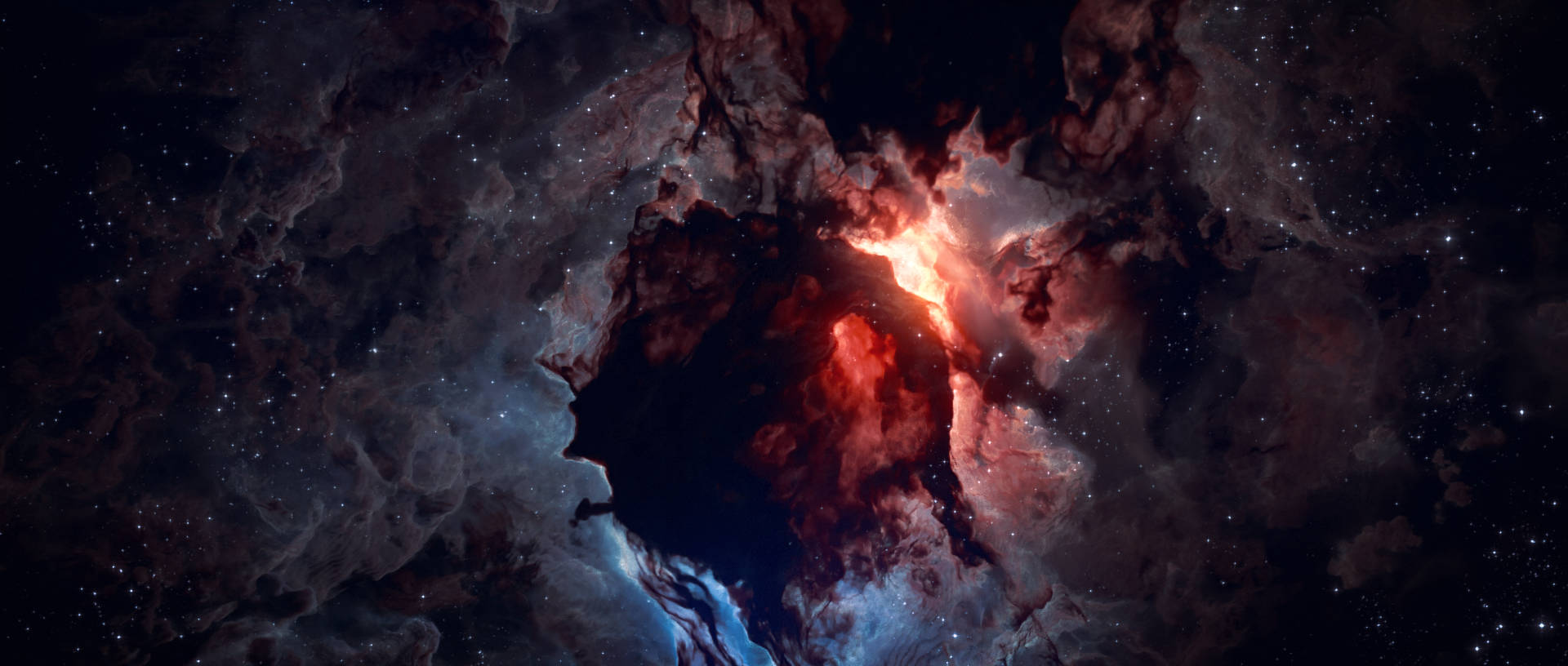
BD: What‘s your favorite channel to ask for help?
GA: In a broad sense, googling stuff helps. The go to channel is Twitter, I think. Maybe I’m not aware of other platforms, but for us Twitter is the best, in terms of asking #b3d for help and sharing our progress. It’s a world-wide cocktail party as Gary Vaynerchuk put it. You can poke people, spark conversations in such an effortless way that it makes Twitter priceless.
BD: What‘s your advice for someone who is looking for help from the Blender community and wants to get the same level of feedback you did?
GA: Start by generating some content that is cool and share it. Make the first step e.g. give something then ask for help. Share some tip that is useful. It’s all about collaboration, so be willing to share. Non zero sum game means everyone wins so there’s no point in holding back.
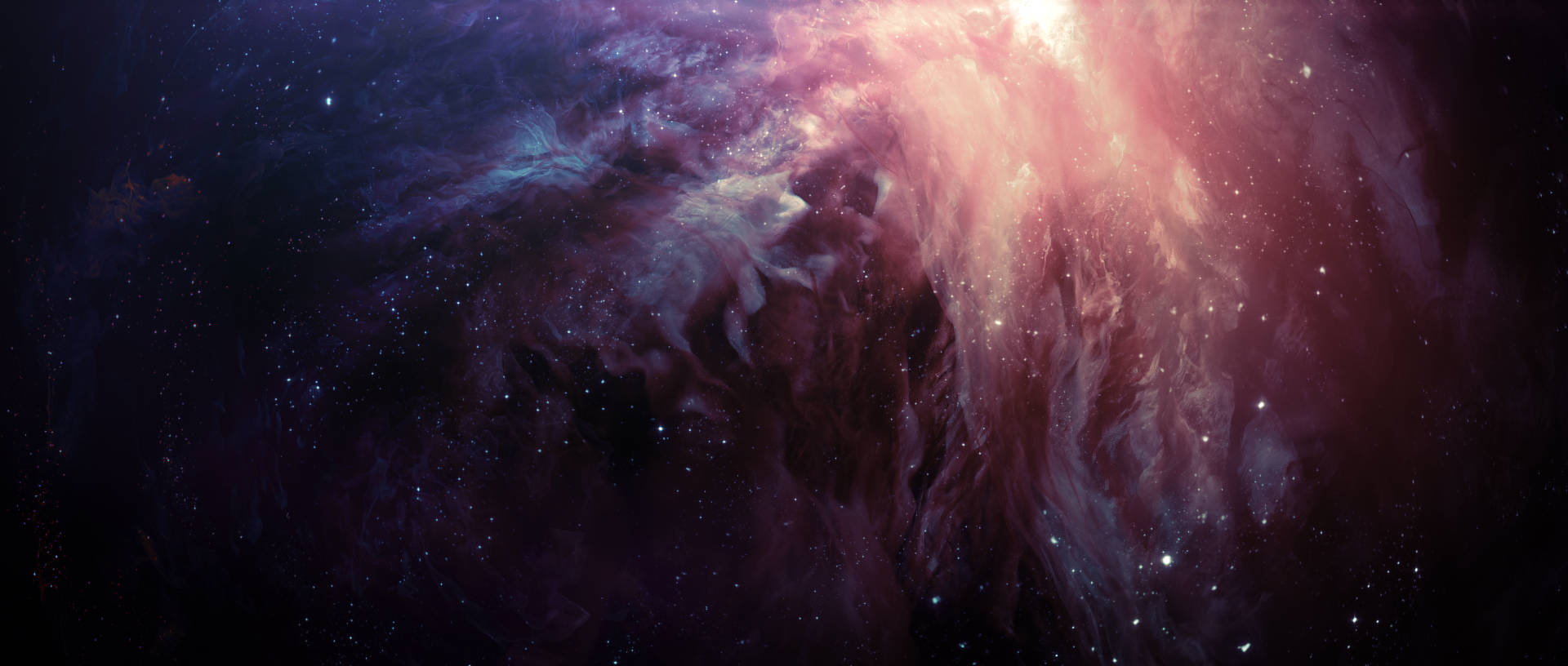
BD: It seems like the splash for Blender 2.82 is a nebula…
GA Haha, it is nebula indeed! At least for the beta version. Pablo Vazquez thought that it would be cool to have something from outer space this time, thanks so much Pablo! Hopefully we’ll keep pushing frontiers together.
This interview was first released for the magazin Digital Production.
